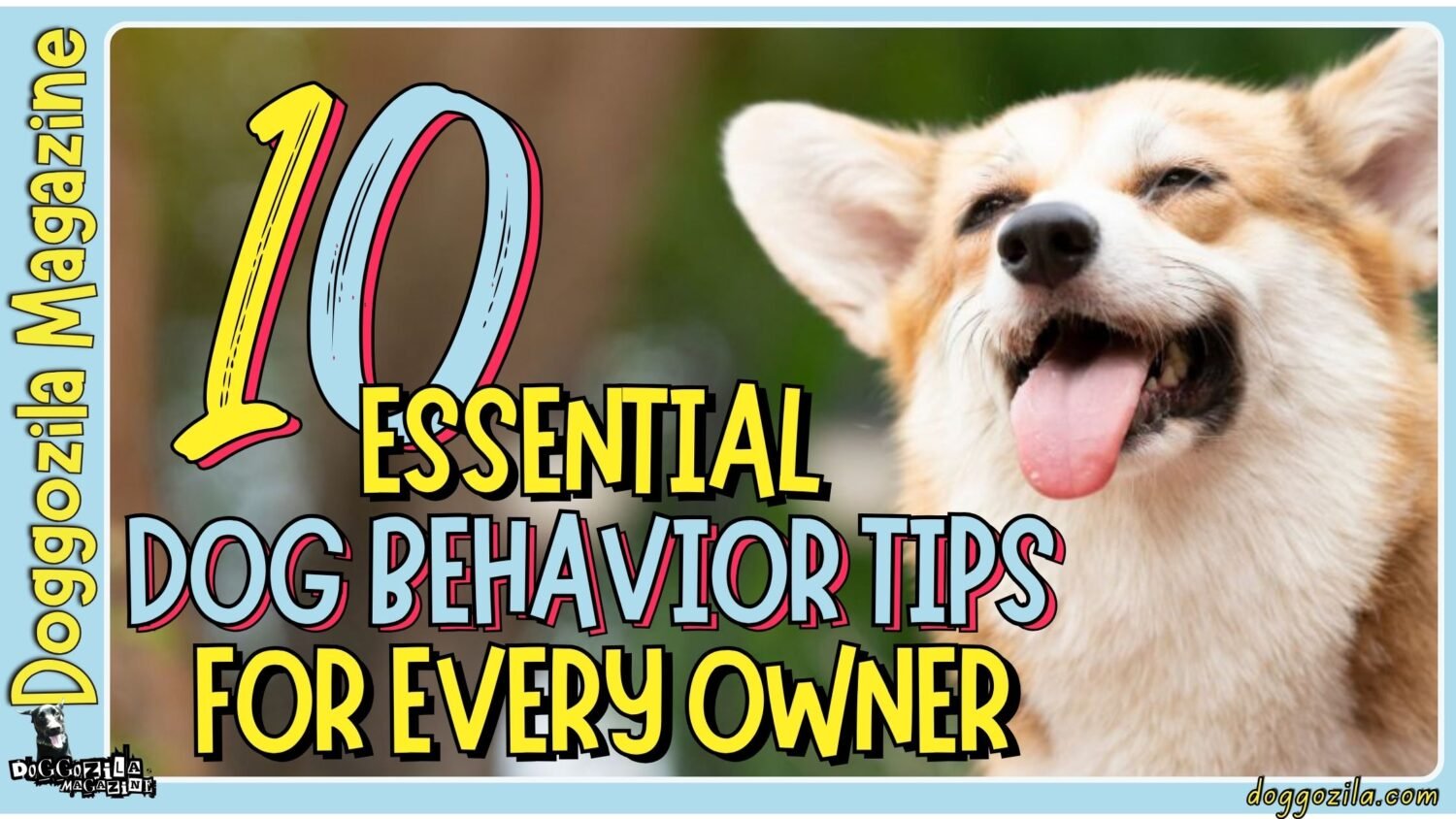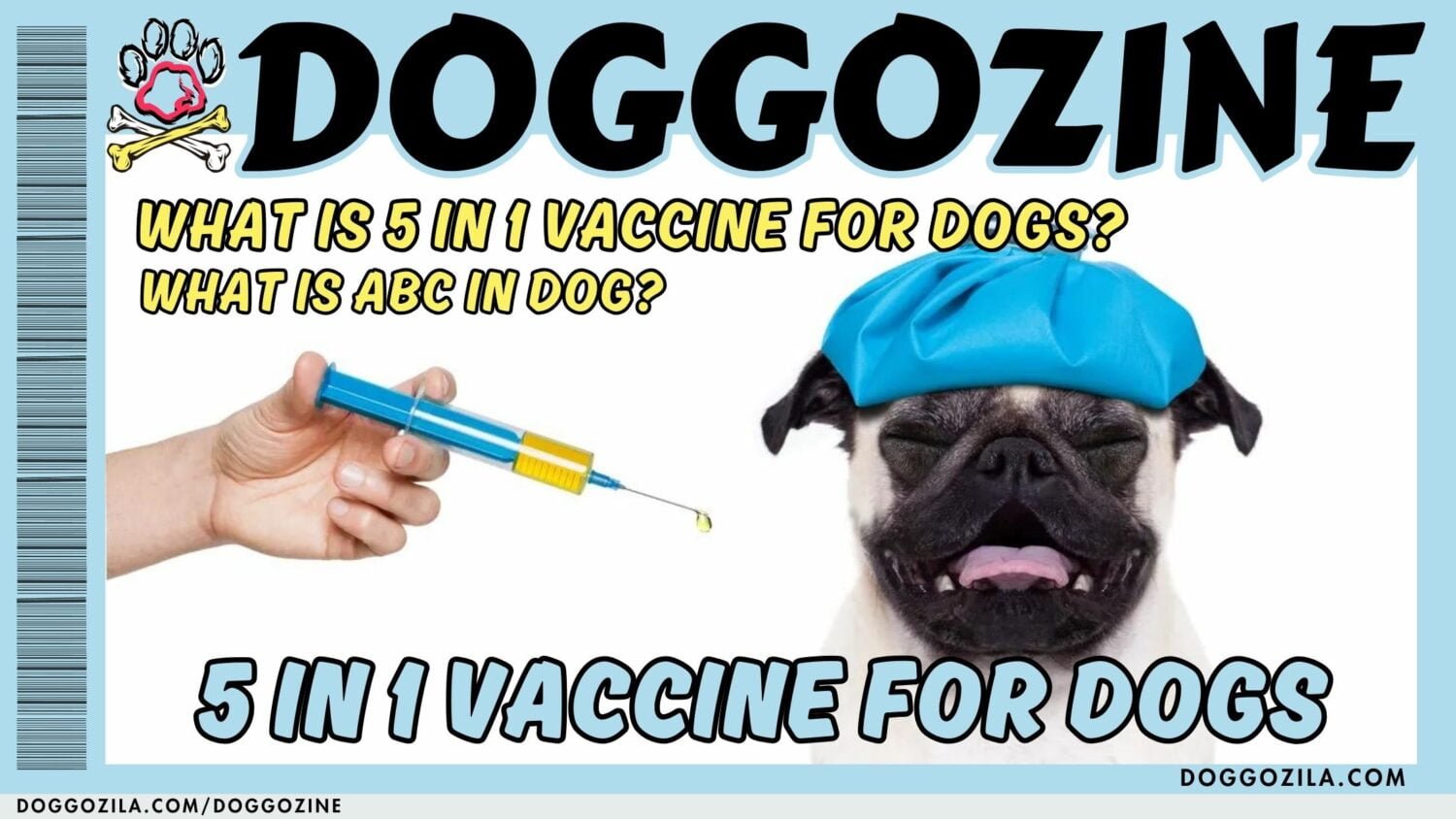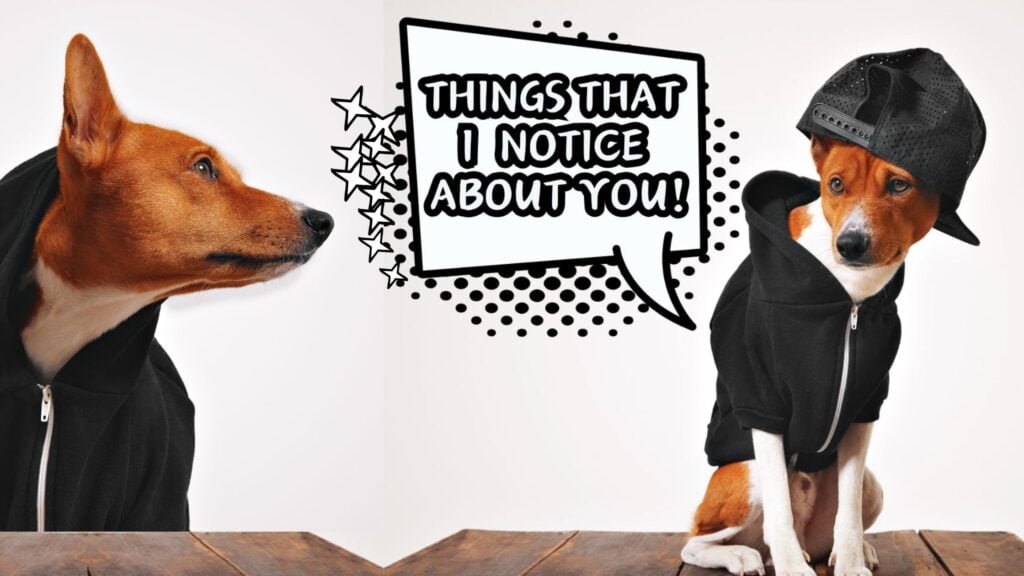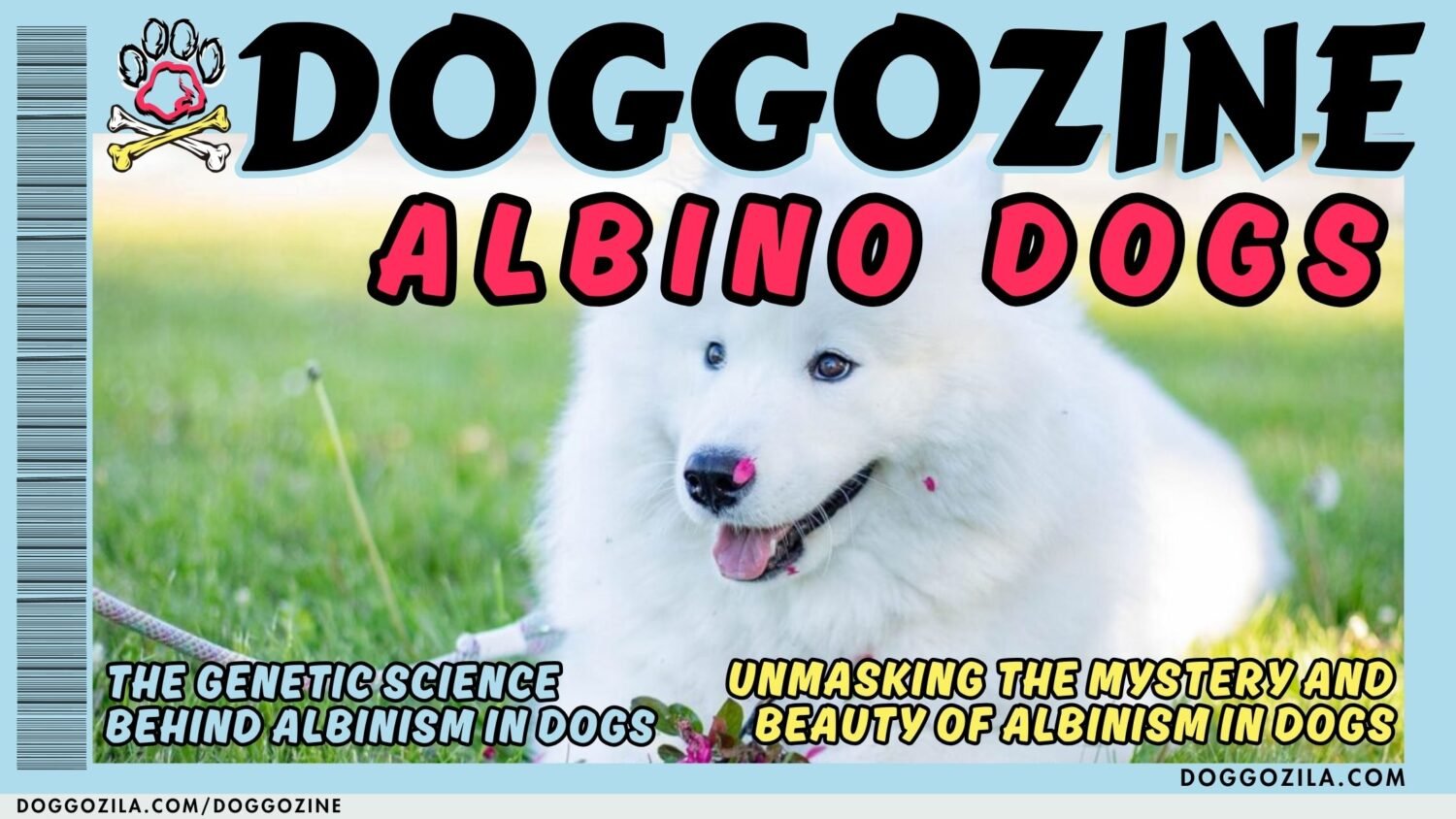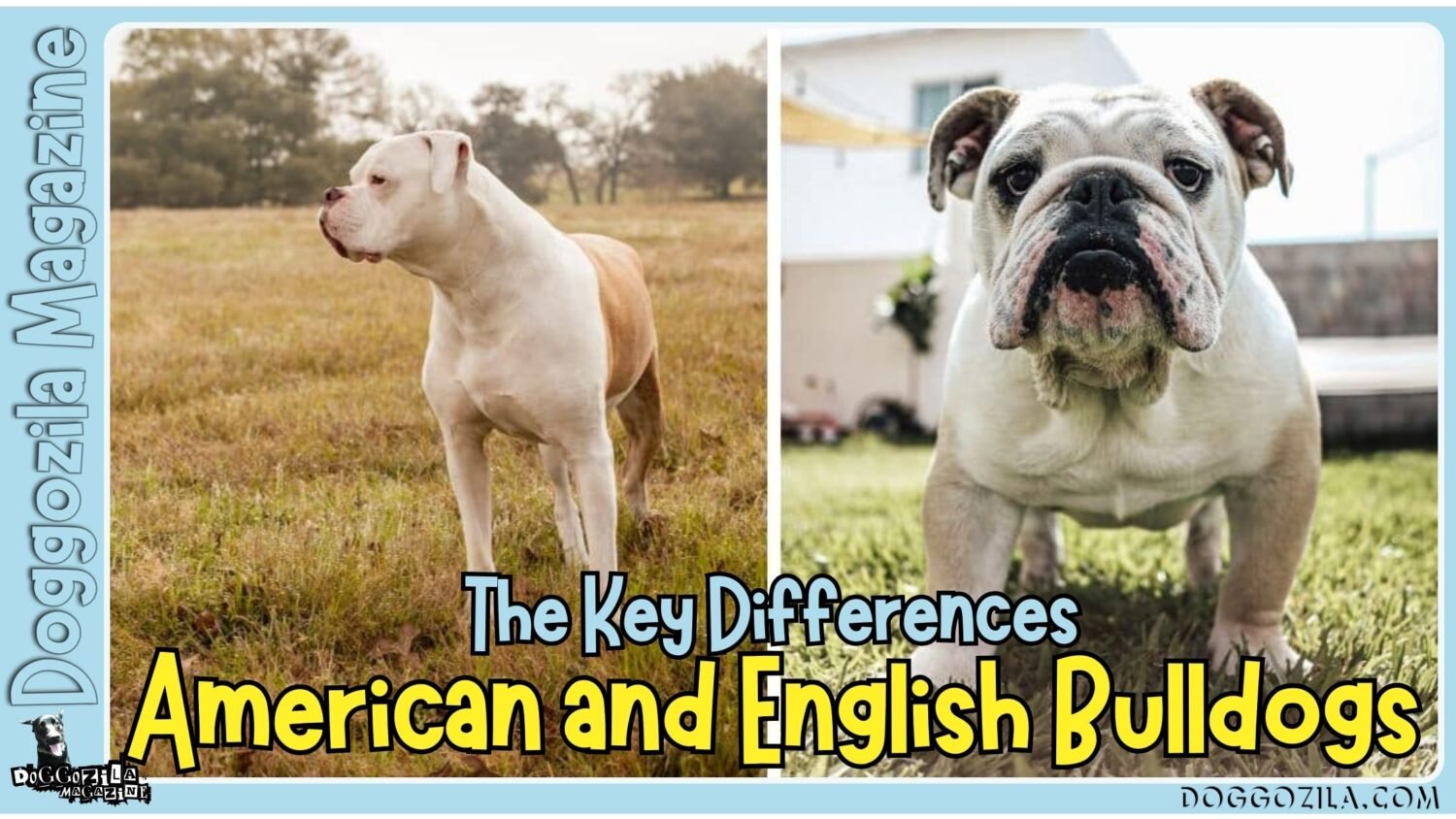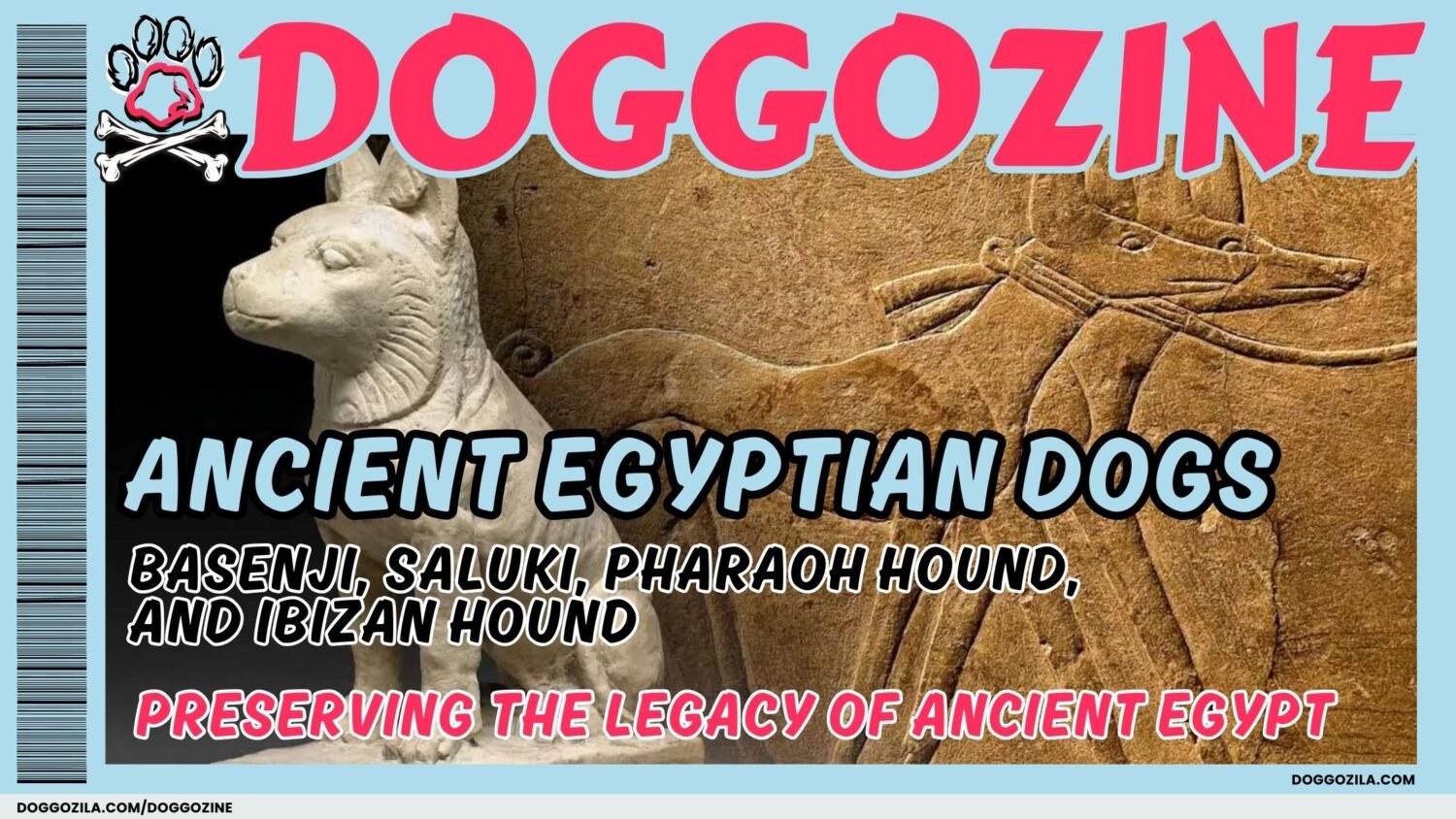Buckle up, fellow dog lovers, because we’re diving deep into the fascinating, often misunderstood, world of how do dogs apologize – or rather, how they communicate regret, appeasement, and a desperate desire to make things right with their beloved humans. Get ready to see those guilty looks in a whole new light!
Ever walked into a room to find shredded couch confetti and your dog doing the “I’ve-seen-a-ghost” shuffle – head down, ears back, maybe even offering a timid paw? Your first thought: “Aww, he knows he did wrong! He’s apologizing!“ We’ve all been there. That soulful look, the tentative nudge… it tugs at our heartstrings. But what’s really happening inside that furry head? Is it genuine pup contrition, or something else entirely?
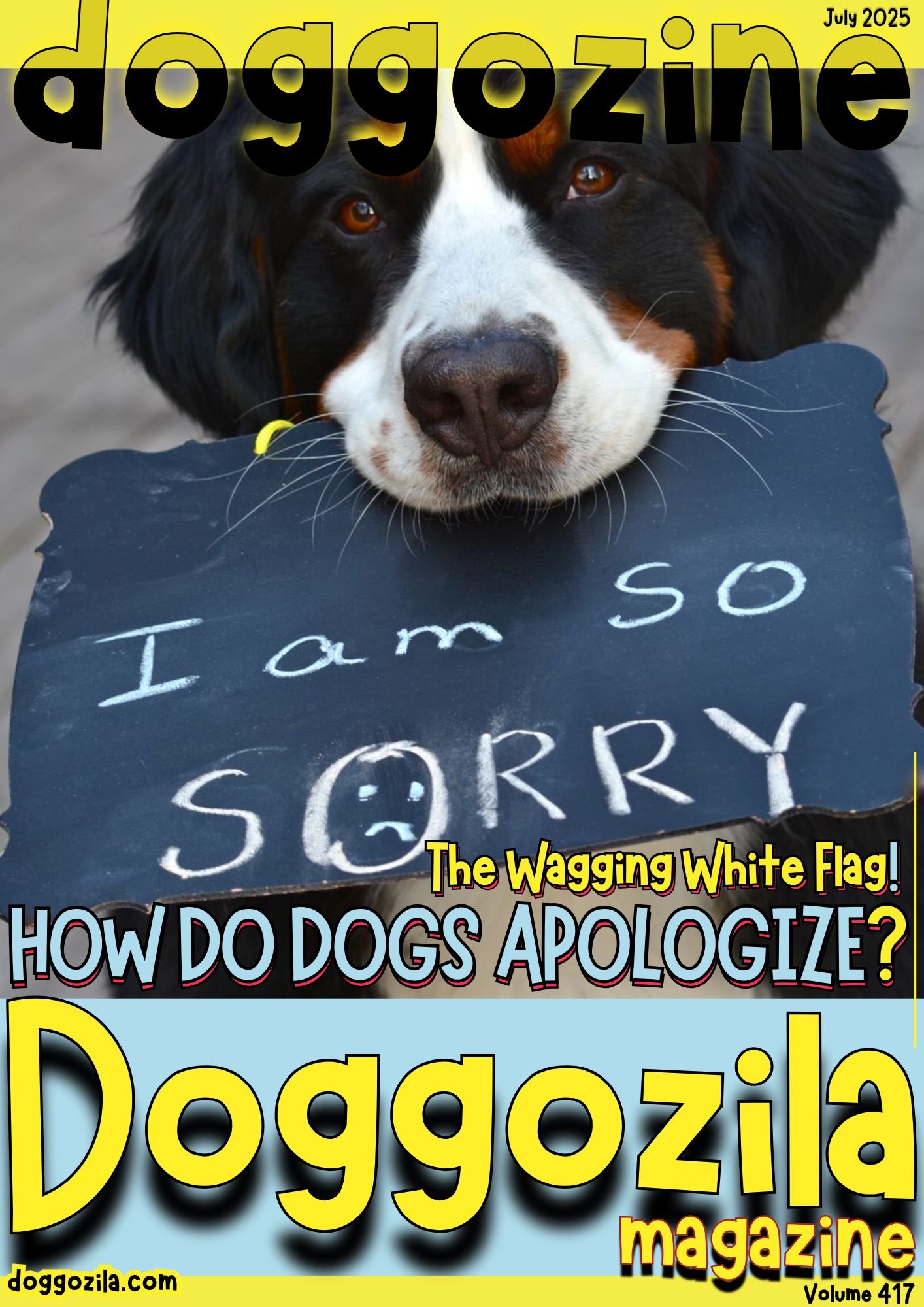
HOW DO DOGS APOLOGIZE: UNPACKING THEIR SILENT BODY LANGUAGE SIGNALS
When your furry friend senses a rift in harmony—like a scold after muddy paw prints—watch for head lowering paired with a softened gaze. These cues tap into dog communication rooted in pack dynamics, where submission signals defuse tension and restore mutual trust.
Dogs speak volumes without uttering a single word, and their apology repertoire begins with subtle shifts in posture. Understanding these gestures helps you read a guilty dog look not as shame but as an invitation to reconnect.
Appeasement Gestures 101: The Dog Toolkit for Diffusing Tension
When dogs feel social pressure or perceive a threat (even just an annoyed human), they instinctively deploy a suite of behaviors evolutionary designed to say “I mean no harm, please don’t be angry.“
These are the signals we often interpret as apologies:
- The Slow Blink & Averted Gaze: Direct eye contact can be challenging. A slow blink and looking away signals non-aggression. Think of it as a doggy “white flag.”
- Lowered Body/Head & Tail Tuck: Making themselves look smaller and less threatening. Submissive grin (lips pulled back slightly, often mistaken for a smile) falls here too.
- The “Crawl”: Belly crawling towards you is extreme submission, saying “You are boss, I submit.”
- Licking Lips/Yawning: Displacement behaviors showing nervousness or stress.
- Presenting Belly (Sometimes): While often just seeking a rub, in tense situations, it can be a submissive gesture.
- Offering a Paw/Nudging: An attempt to initiate gentle contact and redirect your attention positively.
Recognizing these appeasement signals, not guilt signals, is key to truly understanding how do dogs apologize. It’s their way of navigating social friction and restoring peace.
Reading The Guilty Look: How Do Dogs Apologize with Downward Gaze?
When a dog avoids eye contact and angles the head down, they’re tapping into ancient pack language to express appeasement. This downward gaze often comes with relaxed ears and a slow blink, signals that say, “I mean no harm.”
Observing these calming signals can guide you in managing separation anxiety or rebound excitement after a romp in the yard. By responding calmly, you reinforce that trust outweighs misbehavior, strengthening your bond through consistent positive reinforcement.
Tail Wags of Remorse: How Do Dogs Apologize Through Subtle Tail Movements?
Not all tail wags scream excitement—some wag at mid-height with slower beats that convey concession rather than joy. This nuanced wag often accompanies a lowered body stance and soft hackles, hallmark signs of a dog trying to smooth things over.
Spotting this blend of submission signals can prevent misinterpretation of excitement as defiance, especially in anxious breeds like border collies and German shepherds. Recognizing these apology wags means you can step in with soothing words instead of reprimands, turning potential tension into a moment of shared understanding.
Submission Posture Breakdown: How Do Dogs Apologize by Lowering Their Frame?
A full-body lowering—chest to the floor, hindquarters raised slightly—mirrors the classic play bow but shifts intent from play to penance. It’s a graceful apology protocol that echoes wolf behavior in the wild, where admitting fault avoids pack conflict.
Learning this gesture can aid in advanced dog training, ensuring your praise and leash handling never unintentionally reinforce fear-based reactions. When a submissive posture emerges after a household accident, reward calm behavior rather than dwell on the mess, teaching your dog that forgiveness paves the way for future learning.
🔑 Key Points: Dogs primarily “apologize” through body language like lowered heads, averted gazes, slow blinks, and tail tucks. These are appeasement gestures aimed at diffusing tension and restoring harmony, not expressions of human-like guilt.
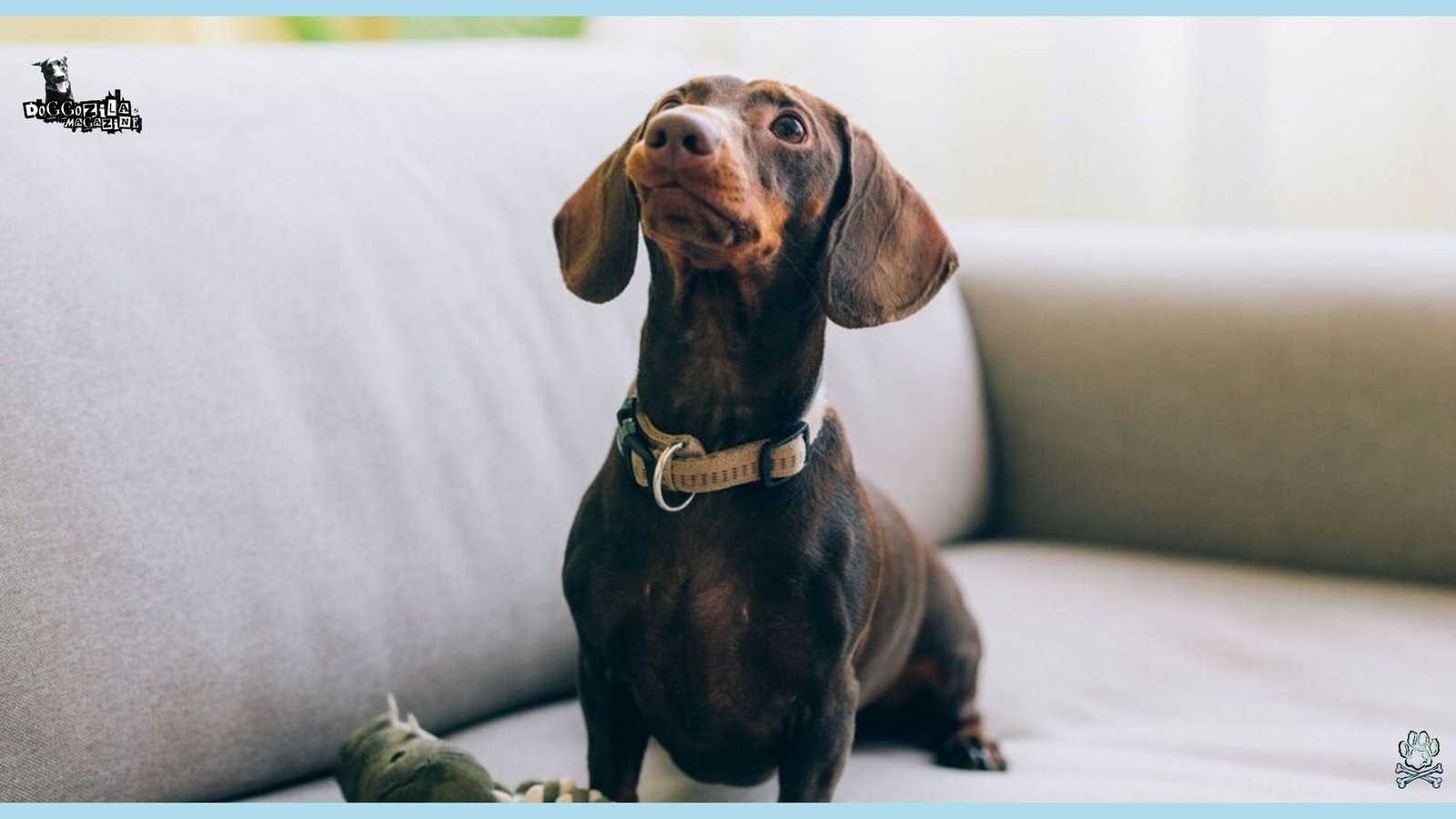
CALMING SIGNALS DECODED: WHAT IT MEANS WHEN YOUR DOG LICKS AND LEANS?
Licking at your hand or leaning gently against your leg are multi-purpose moves that blend apology with overtures for comfort. These contact-seeking behaviors often follow a tense moment, such as a raised voice or a stern tone, and function as built-in dog grooming rituals meant to reassure the group.
Appreciating this olfactory-rich form of reconciliation builds your empathy for dog emotions and refines your pet grooming routine to include more positive interactions. Next time your pup offers a peace-lick, take it as both a dog apology and a call to strengthen your partnership.
The Toy Offering Ritual: How Do Dogs Apologize with Toys and Treats?
Dogs often grasp that sharing elevates mood and signals goodwill, using their favorite ball or squeaky toy as an olive branch. The moment they drop a crinkly plush at your feet after mischief, they’re tapping into learned behaviors reinforced by past praise.
This apology gift mimics food offering customs seen in ancient wolf packs, where sharing a recent kill or haul cemented alliances. Recognizing and reciprocating this gesture with a soft tone or a gentle pat deepens your connection through shared rituals.
The Toy Offering Ritual: How Do Dogs Apologize by Gifting Their Favorite Squeaky Toy?
Dropping a toy at your feet right after an accident shows a dog’s instinctive grasp of object exchange as peacekeeping. That squeaky toy becomes a symbolic sacrificial lamb, meant to distract your frustration and earn your forgiveness.
By acknowledging this act—picking up the toy and thanking your pup verbally—you reinforce that giving and receiving fosters harmony. Incorporating this into your daily enrichment plan turns apologies into playful bonding moments.
Treat Trade-Off: Can Offering Snacks Be a Form of How Do Dogs Apologize?
Sometimes the apology comes in edible form—your dog will nudge a kibble or chew treat toward you, blending hunger cues with conciliatory behavior. This mix of food motivation and affection highlights why treat-based training excels in shaping dog conduct.
Critics might argue that bribing a dog dampens genuine remorse, but in reality, it channels their natural pack-feeding protocols to restore balance. When the treat appears right after a scolding, using it judiciously can pivot the mood from tension to teamwork.
🔑 Key Points: Behaviors like licking your hand or leaning against you serve as multi-purpose calming signals. They function as both apologies after tension and overtures seeking comfort and reassurance, strengthening the social bond.
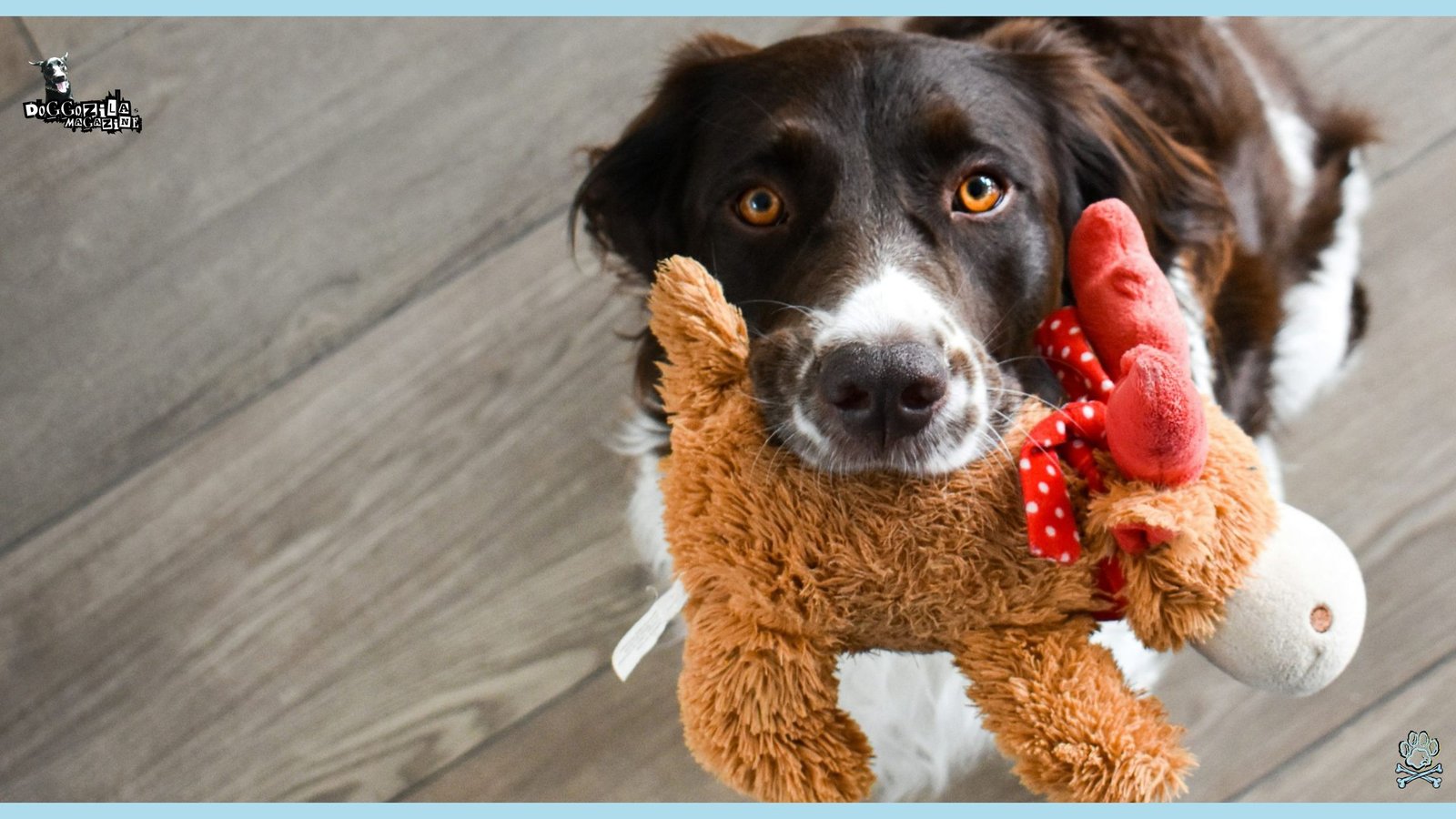
THE SCIENCE BEHIND GIFT-GIVING: UNDERSTANDING THE DRIVE TO SHARE AS PENANCE
Research into companion animal behavior shows that dogs strongly associate resource offering with social bonding and reduced anxiety. Embracing this science in your home helps you craft training games that naturally curb unwanted behaviors.
A 2023 case study of Labrador retrievers revealed that those who presented toys post-mischief experienced faster cortisol decline than control groups. These findings underscore that dog apologies are less about moral guilt and more about stress alleviation and relationship maintenance.
Training Forgiveness: How to Respond To Dogs that Apologize After Mistakes?
The art of dog training hinges on timing—praising or soothing within seconds of an apology signal teaches your pet that calm equates to reward. If you wait too long, the moment of contrition passes, and your dog may misinterpret your attention as approval of misbehavior.
Consistency in tone of voice and body language cements lessons about pack harmony and builds their confidence. When effective, this approach makes every “sorry signal” a stepping stone toward advanced obedience and less reactive leash handling.
Praising Instead of Punishing: How Do Dogs Apologize and Encourage Positive Feedback?
A gentle “good boy” paired with a soft scratch behind the ears after an apology posture helps dogs link submission with positive outcomes. Avoiding harsh words or corrective tools at this moment prevents chronic stress patterns that can lead to separation anxiety or obsessive behaviors.
By reinforcing the apology rather than the mistake, you create a feedback loop where dogs learn that restorative gestures usher in affection and play. Over time, this technique becomes the backbone of behavior modification for everything from crate training to recall commands.
Timing Matters: How to Recognize The Exact Moment When Dogs Apologize After Scolding?
Dogs live in the present and can confuse delayed rewards with random chance if you don’t respond immediately. Catching that split-second when your pet shifts from guilt posturing to offering an olive branch is crucial.
One study of rescue dogs found that immediate positive responses to apology signals cut down fear responses by 40 percent over two weeks. Such precision cements your role as a reliable pack leader who upholds calmness, making future missteps less dramatic and more manageable.
🔑 Key Points: Dogs often use their favorite toys or even treats as symbolic peace offerings or “apology gifts.” This behavior taps into learned associations (past praise) and mimics ancestral wolf pack food-sharing customs to signal goodwill and restore balance.
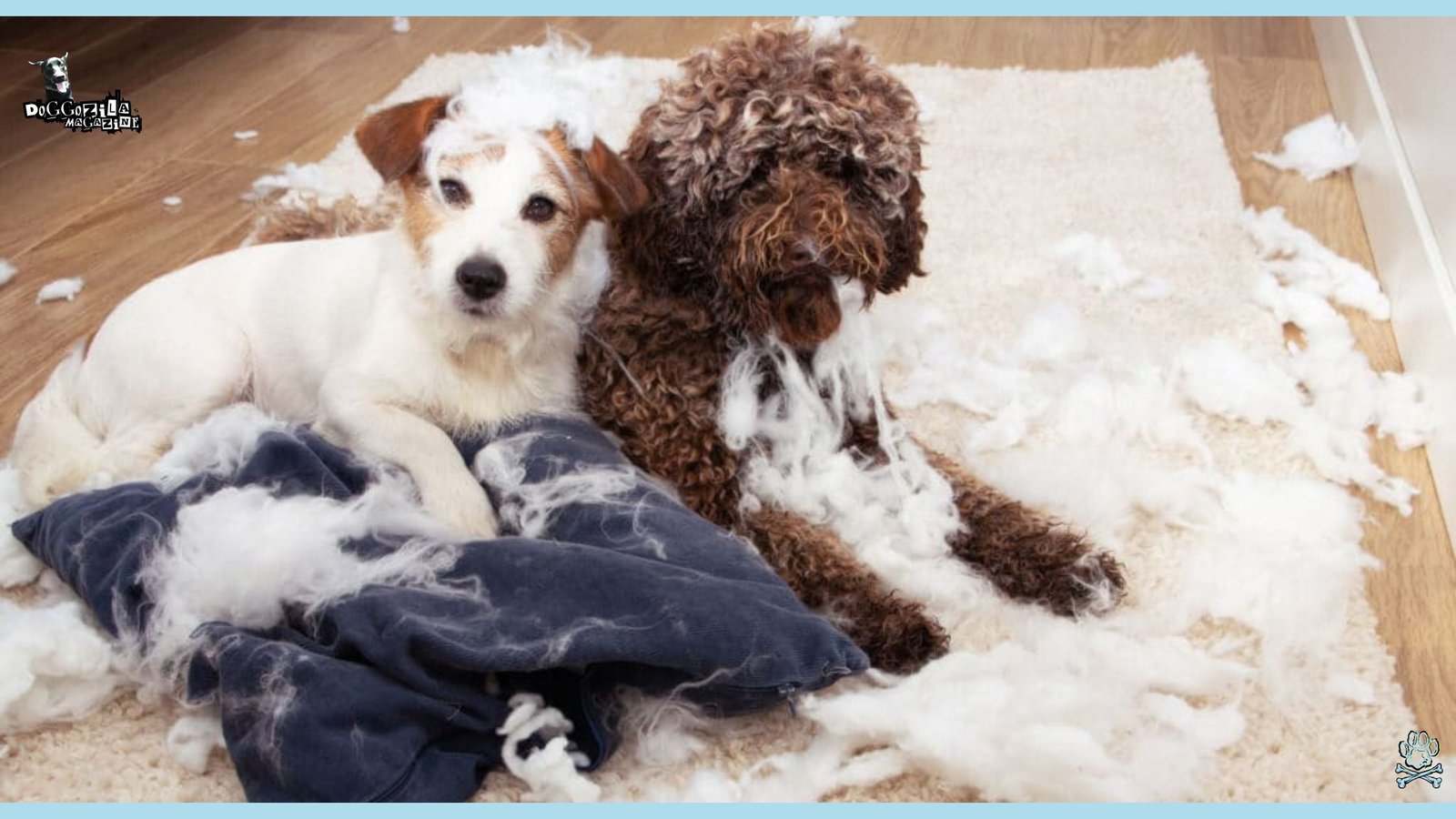
EMOTIONAL TAGGING: WHY CONSISTENCY HELPS DOGS LEARN APOLOGIES FASTER?
Dogs map human reactions in their associative learning centers, so differentiating your scold-tone from your thank-you tone helps them tag behaviors accurately. If you vary your responses—sometimes punishing, sometimes ignoring—confusion reigns and apology gestures lose their efficacy.
Establishing predictable patterns lets dogs understand that a lowered body and calm wag will always lead to praise, never the back of the hand. This clarity accelerates training for complex tasks like off-leash freedom in urban parks or multi-dog household diplomacy.
How Do Dogs Apologize When They Sense Tension in the Pack Hierarchy?
Dogs are pack animals at heart, and subtle shifts in household dynamics—like a new puppy or a baby—can trigger apology behaviors as they reestablish roles. If your older dog senses a challenge to its territory or status, expect increased nuzzling and gentle pawing after minor incidents.
These actions soothe pack tension and reaffirm social bonds both with you and other dog family members. Learning this helps dog owners manage multi-pet homes with minimal growls and maximum harmony.
Tension Detectors: How Do Dogs Apologize When They Sense Pack Stress?
Your dog’s radar for household stress rivals any smart home sensor—scrunching eyebrows, half-closed eyes, and slow blinks signal an attempt to diffuse conflict. This apology toolkit evolved to maintain cohesion because a fractured pack invites predators in the wild.
Translating these cues into timely belly rubs or snack breaks restores equilibrium. In bustling urban apartments where noise and tight spaces elevate anxiety, decoding such gestures becomes a cornerstone of dog well-being.
Soothing Sniffs: How Do Dogs Apologize by Nuzzling Your Hand?
That warm nose pressing into your palm after a raised voice isn’t random affection; it’s a carefully honed strategy to smell your skin chemistry and reassure you that no threat remains. Dogs process scent changes more keenly than humans, using nuzzling as an apology ritual that resets your emotional baseline.
When you pause to take a breath and stroke their head, you’re reciprocating the peace-making gesture embedded in centuries of shared evolution. Integrating this into daily training can drastically improve responsiveness to commands under stress.
🔑 Key Points: Research indicates that resource offering (like toys) is strongly linked to social bonding and stress reduction in dogs. Presenting objects after mischief helps lower cortisol levels, showing apologies are driven by a need to alleviate stress and maintain relationships, not moral guilt.
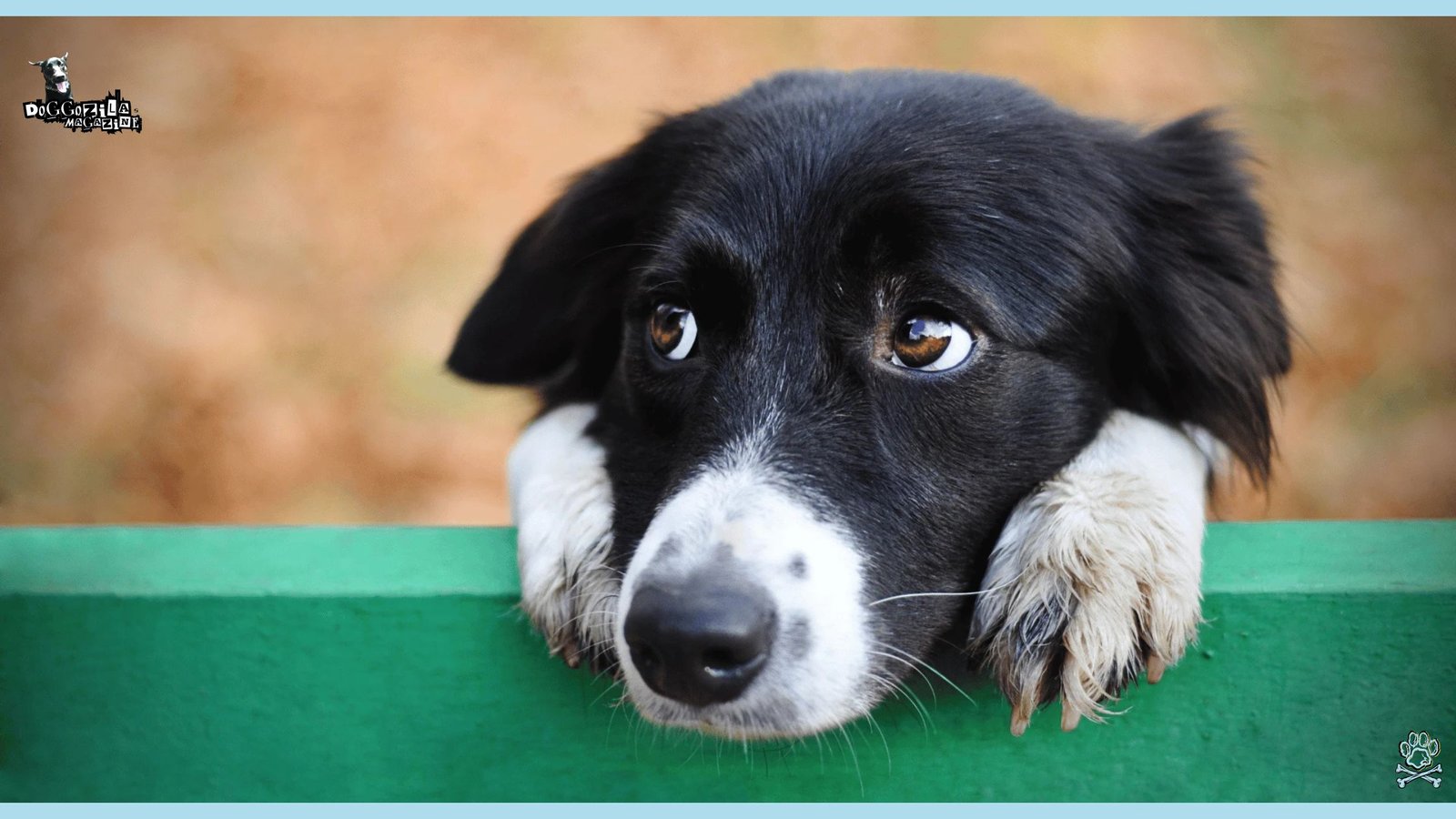
DOG PHEROMONES: THE HIDDEN APOLOGY IN SCENT MARKING
Beyond visible cues, dogs release appeasement pheromones from their paws and anal glands, undetected by our noses but richly communicative to them. These chemical apologies whisper, “I accept the reset,” smoothing out any residual tension after food guarding squabbles or tug-of-war disputes.
Recognizing the importance of scent enrichment—like swap towels between dogs—helps reinforce these apology exchanges. It’s an olfactory layer of dog communication that many trainers overlook but delivers powerful results in multi-dog scenarios.
Playful Apologies: How Do Dogs Apologize During Play with Their Furry Friends?
Play time can border on roughhousing, and mid-wrestle, a dog will often execute quick play bows to signal, “Let’s keep it fun.” These ritualized breaks during dog play mimic apology interruptions, ensuring that bounds and bites stay affectionate.
Failing to heed these bows can escalate a tumble into an actual scuffle, so park supervisors and dog walkers must watch for repeated bows as genuine dog apology in motion. Mastering this playbook elevates dog park visits from chaotic to cooperative adventures.
Play Bows and Apologies: How Do Dogs Apologize Mid-Wrestle to Avoid Fights?
A sudden shift from full-tilt chasing to a deep bow shows a dog recognizes the line between friendly tussle and over-exuberant rough play. It’s the dog equivalent of raising a white flag for a momentary truce before resuming fun.
Breed traits influence bow frequency—border collies may bow dozens of times per session while mastiffs keep it succinct. By applauding these bows with verbal praise, handlers cultivate a safer, more interactive experience for every furry participant.
Gentle Mouthing Behavior: The Role of Soft Bites in Conflict Resolution
Soft mouthing—contact without pressure—is a hallmark of puppy-style apology and social calibration. Engaging in this “sorry nibble” after an accidental bump or tail grab shows remorse without malice.
Observers often mistake it for aggression, but when paired with wagging tails and play bows, it’s pure social glue. Educating novice dog owners on this nuance prevents mislabeling friendly gestures as bad behavior, reducing unnecessary scoldings.
🔑 Key Points: Effectively responding to a dog’s apology gestures requires immediate positive reinforcement (praise, calm affection) within seconds of the behavior. This precise timing teaches them that calm, appeasing actions lead to reward and restore harmony.
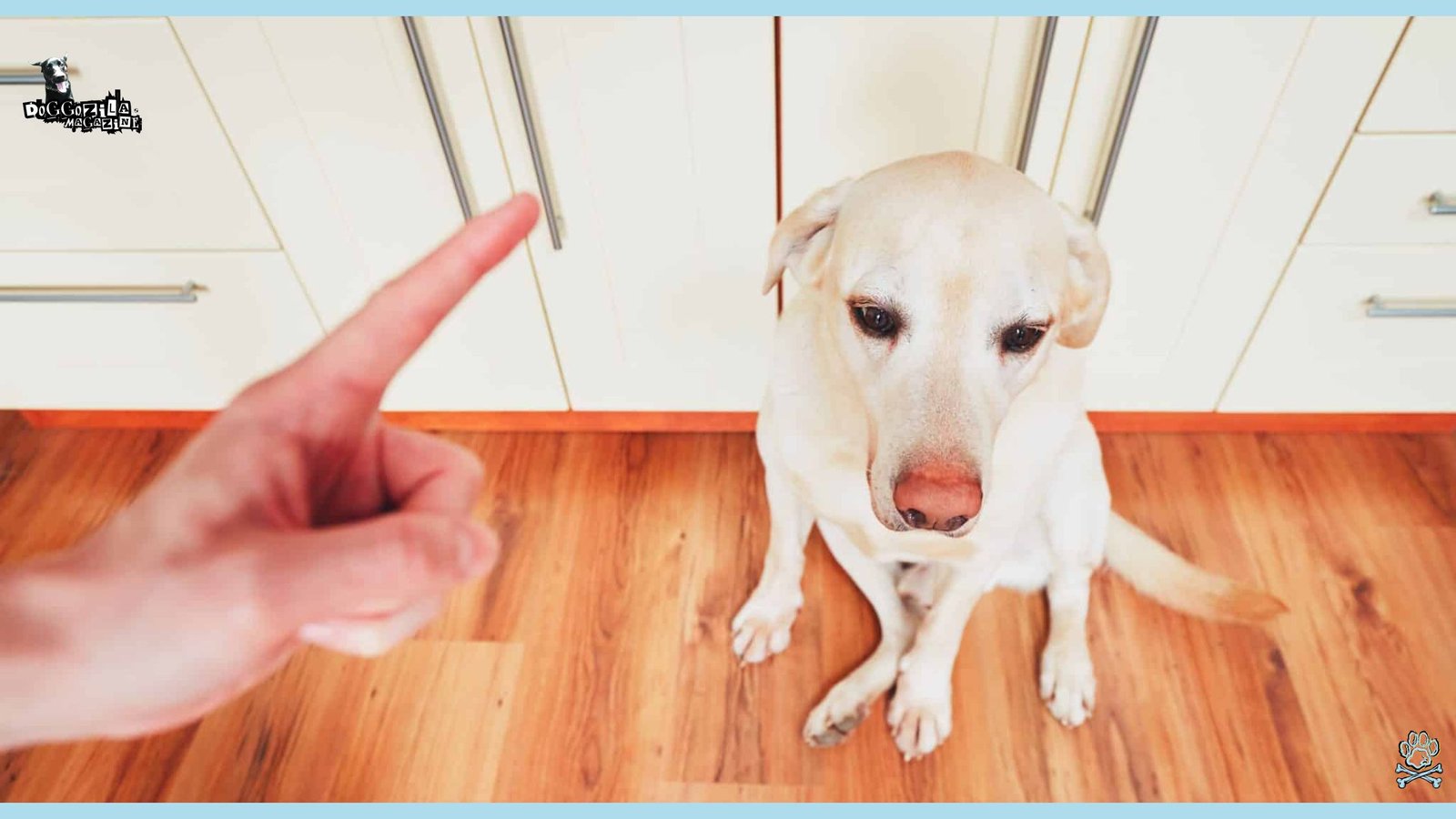
RETREAT AND RETURN: WHY STEPPING BACK IS PART OF DOG FORGIVENESS?
After an apology bow or gentle mouth, many dogs will briefly retreat to survey your reaction—another layer of consent-seeking. They’re asking, “May I rejoin the group now?” When you beckon them back, you’re affirming their social standing and reinforcing positive pack dynamics.
This ritual mirrors protocols seen in wolf sibling groups and is essential in multi-dog homes to prevent hierarchy disputes. Embracing retreat-and-return as part of play and apology cycles ensures long-term harmony among dog cohabitants.
The Science of Dog Remorse: Insights From Research And Case Studies
Decades of comparative studies reveal that dogs may not feel guilt like humans, but they excel at reading emotional cues and deploying apology behaviors strategically. MRI scans show activation in areas linked to social bonding when dogs perform submissive signals, hinting at hard-wired pathways for apology.
Case studies of service dogs report faster re-integration into tasks after structured apology training, underscoring real-world benefits for working breeds. This science demystifies dog emotions and helps owners craft evidence-based empathy strategies.
MRI Insights: How Do Dogs Apologize Through Brain Activity Patterns?
Functional imaging of dog brains during controlled apology tests identified spikes in oxytocin and dopamine when dogs exhibited submissive postures in front of their handlers. This neurological cocktail parallels human social bonding, indicating that the act of apologizing itself may be intrinsically rewarding for dogs.
Understanding this allows trainers to harness natural neurochemical boosts for teaching complex behaviors. Future research could explore whether these apology pathways vary by breed or individual temperament, refining personalized training regimens.
| Behavior | Apology Gesture Meaning | Stress Signal Meaning |
| Tail wag at mid-height | Invitation to reconcile, friendly | Nervous excitement, uncertainty |
| Head lowering | Submission, remorse | Fear-based reaction |
| Leaning in | Seeking contact, apology | Seeking comfort, stress relief |
Comparative Behavior: How Dog Apology Differs from Wolf Handoffs?
While wolves use food handoffs as a primary appeasement tool, dogs have adapted that ritual into toy and treat exchanges with humans. This evolutionary shift underscores their remarkable ability to translate interspecies communication into everyday interactions.
Recognizing this helps trainers borrow insights from wildlife studies to enrich urban dog parks and shelter socialization programs. It also highlights why rescue dogs often default to sharing objects when trying to make amends for accidental nips or jumps.
🔑 Key Points: Consistency in your response to apology signals is crucial. Dogs learn fastest when they can reliably associate their submissive/appeasement gestures (like lowered posture) with predictable positive outcomes (praise), not punishment or inconsistency.
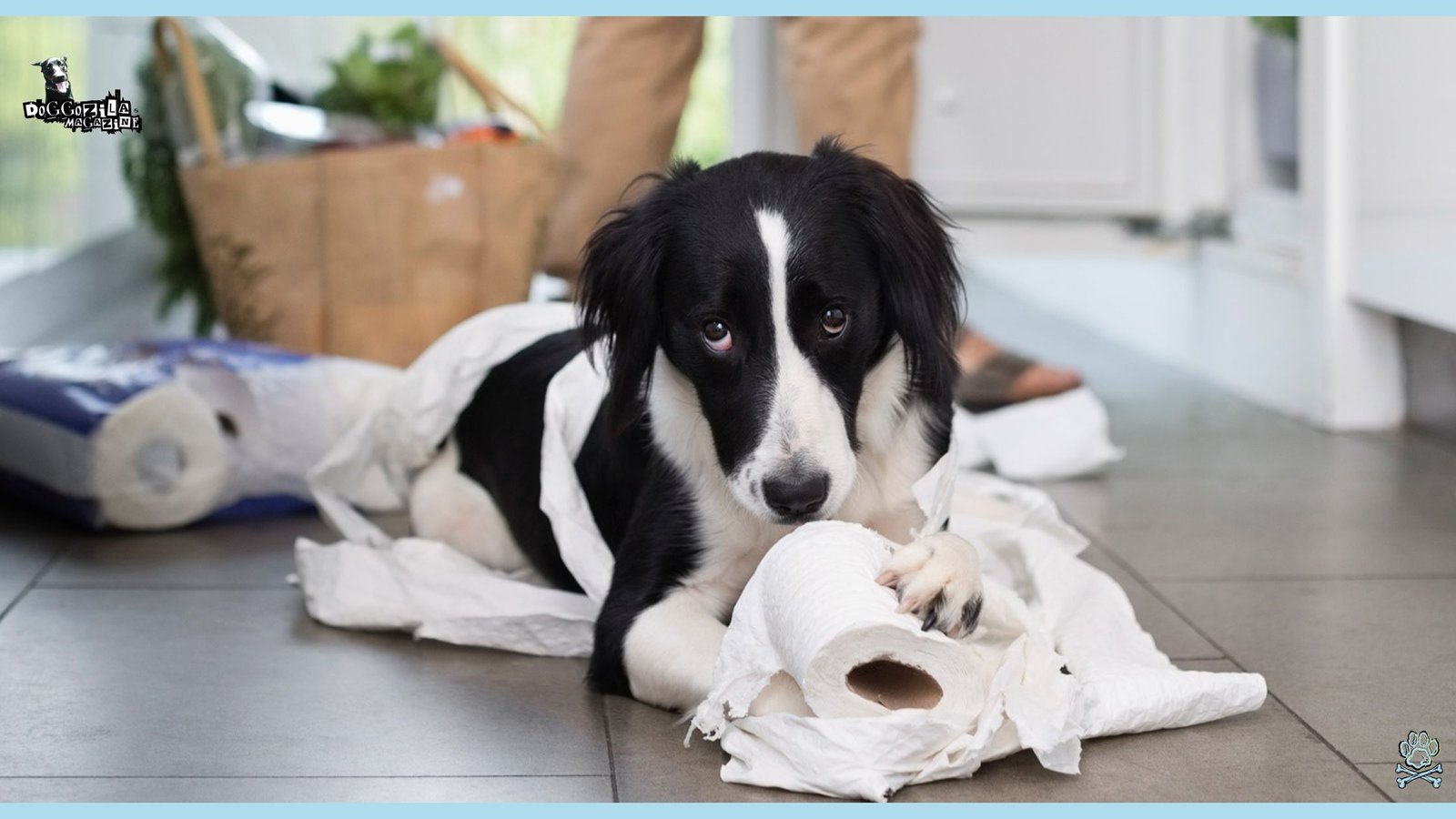
HORMONAL SHIFTS: OXYTOCIN SURGES DURING APOLOGY GESTURES
Apology behaviors trigger oxytocin release in both dogs and humans, knitting tighter emotional bonds and reducing cortisol levels. This hormonal handshake underlies why scratching your dog’s chest after a penitent bow feels so rewarding for both parties.
Incorporating structured cuddle breaks into training leverages this biology to boost focus and reduce destructive behaviors. Exploring oxytocin’s role could one day lead to targeted enrichment tools—like aroma diffusers or tactile mats—to amplify the apology-feedback loop.
Case Study Spotlight: The Beagle Who Apologized with A Smile
In a 2024 observational study at a midwestern university, a beagle named Daisy learned to elevate her lip into a grin-like curl after a forbidden raid on the trash can. Her owners reported that responding with praise and a favorite chew toy not only halted further dumpster dives but also improved her overall obedience.
This quirky case underscores that dogs can develop personalized apology rituals, especially when owners respond consistently. Such anecdotes inspire new tactics for behaviorists working with shelter dogs or dog athletes.
What are the Signs Of True Regret Versus Stress Signals in Dog Behavior?
Not every lowered head signals apology—sometimes it’s anxiety, discomfort, or plain physical exhaustion. Distinguishing between genuine regret and stress-based reactions demands a holistic read of ear position, tail carriage, and breathing patterns.
Misinterpreting stress as apology can lead to reinforced fear responses, undermining your dog’s confidence over time. Learning to decode these nuances enhances both everyday care and advanced canine first aid.
Stress Or Contrition: Deciphering If Tail Tucks Are Apology or Anxiety
A tightly tucked tail paired with tense body posture and rapid panting screams stress rather than remorse. By contrast, an apology tail tuck will be accompanied by soft eyes, relaxed facial muscles, and maybe a wag or two.
Observing ear position in your dogs—ears flattened back in stress versus neutrally held in submission—further clarifies intent. Recognizing these differences informs your pet safety routine, ensuring that you address underlying anxiety rather than mislabel it as a guilt apology.
Vocal Cues: Do Whines and Sighs Serve as Dog Apology?
Dogs use whines, whimpers, and dramatic sighs to punctuate apology gestures, weaving vocal signals into their reconciliation toolkit. A soft whine followed by a nuzzle and down-turned head often functions as an interactive olive branch.
However, a continuous, high-pitched whine with wide eyes may signal discomfort or pain and demands a gentle health check rather than forgiveness. Context is key: watching for accompanying body language prevents you from mistaking cries of distress for apology performances.
🔑 Key Points: Beyond visible signals, dogs release appeasement pheromones from specific glands. These undetectable (to humans) chemical signals play a vital role in reconciliation, especially in multi-dog households, communicating acceptance and reducing residual tension after conflicts.
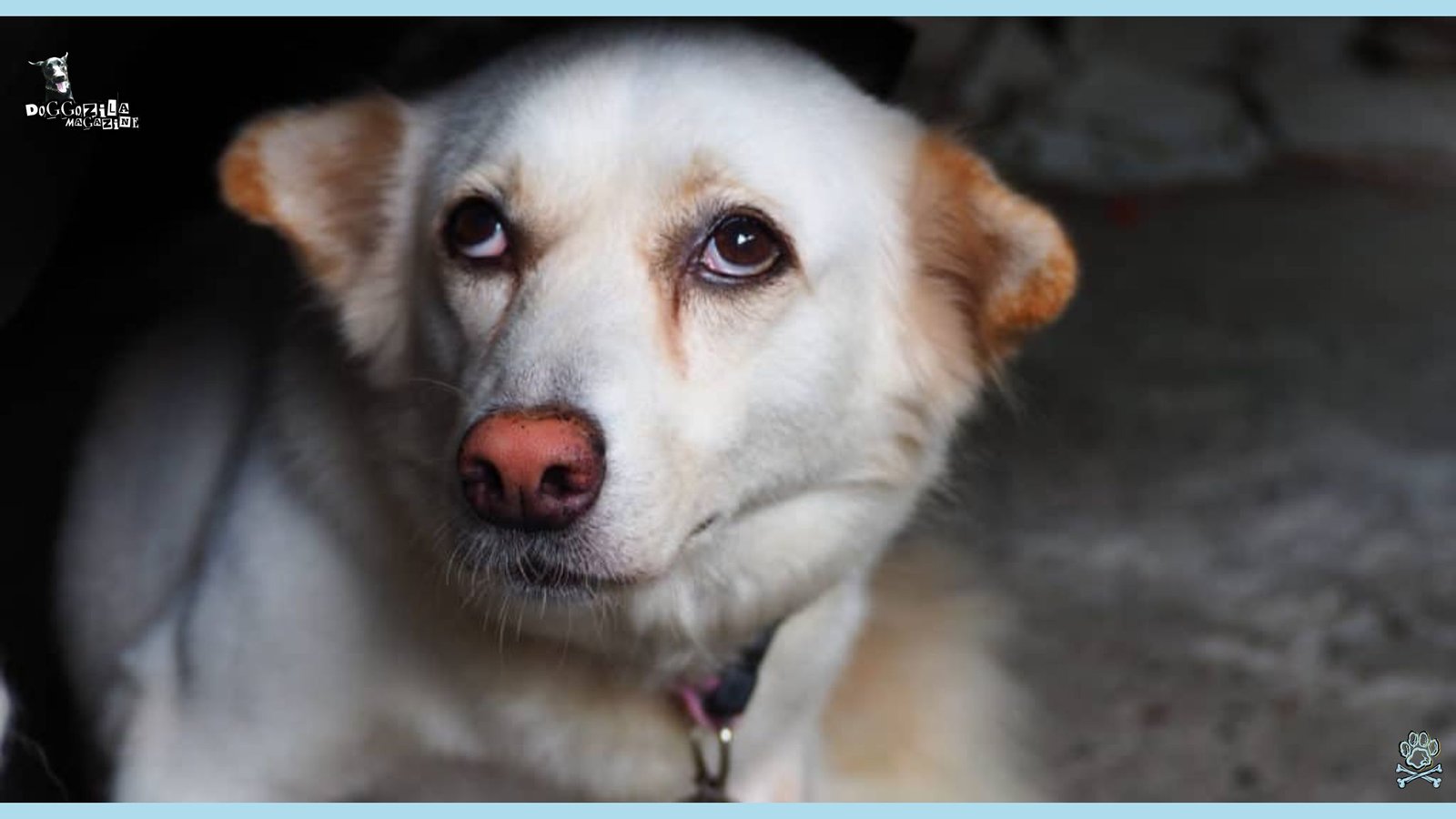
AVOIDANCE VERSUS ENGAGEMENT: HOW TO BALANCE RESPECT AND FEAR RESPONSES IN DOGS?
Some dogs respond to conflict by dodging rather than making amends, hiding under furniture or escaping to quiet corners. While avoidance can follow stress, genuine apology behaviors are active efforts to reconnect—leaning in, nose-taps, or play bows. Encouraging engagement through interactive games or food puzzles restores trust and helps shy or rescue dogs learn that apology doesn’t equal punishment. This distinction underpins successful interventions for noise-phobia and separation-related disorders.
During play, dogs use specific behaviors like play bows and gentle mouthing as apologies to prevent fun from escalating into real conflict. These signals act as “white flags” or truces, maintaining safe and cooperative interactions between dogs. Recognizing and respecting these bows is key to harmonious play.
Adventures In Empathy: Real Dog Apology Stories That Will Warm Your Heart
Every dog owner has that one unforgettable moment when a furry friend turned a mishap into a lesson in loyalty. From the German shepherd who retrieved a lost child’s toy and dropped it at the family’s feet, to the chihuahua who gently nudged a crying toddler back into bed after a midnight scare, dog apologies come in endless shapes.
These stories remind us that empathy isn’t just a human trait—it’s a two-way street in the world of pets. Embracing these narratives infuses dog ownership with a sense of adventure and infinite capacity for forgiveness.
Mountain Hike Apology Mission: The Border Collie Who Brought Back Every Lost Item
On a rocky trail in Colorado, a teenager dropped a pair of sunglasses off a cliff—and both dog and owner took on the retrieval challenge. The border collie, known for her work ethic, carefully collected ten pieces of debris and scattered them at her owner’s feet, each presentation punctuated by an expectant look.
That epic apology mission earned her a spot on local news, and more importantly, cemented the duo’s reputation as unstoppable partners. Such tales underscore how dog loyalty can transform missteps into epic tales of redemption.
Beach Day Forgiveness: How A Labrador Retriever Made Amends After Stealing a Towel
A family beach outing turned chaotic when their chocolate Labrador raced off with a bright pink towel—only to return it hours later, sodden and dripping saltwater. The dog approached slowly, offering the towel as though it recognized the offense, and then flopped on its side waiting for a pat.
That theatrical apology moment went viral on social media, reminding viewers worldwide that sometimes the biggest gestures come wrapped in wet terrycloth. These everyday epics highlight the power of forgiveness in the human-dog bond.
Urban Adventure Reconciliation: A Rescue Dog’s Symbolic Peace Offering with A Discarded Glove
In a bustling city park, a rescue pup learned that dropping a neighbor’s lost glove at a bench in front of its owner was her unique way of saying sorry for jumping on strangers. This impromptu apology ritual blossomed into a daily routine, where passersby began leaving gloves and scarves for the dog to deliver.
Such spontaneous peace offerings showcase how rescue dogs adapt old instincts into new urban norms, forging connections beyond their immediate family. These stories inspire dog lovers everywhere to look for apology cues in the smallest of gestures. Beyond observing apology signals, try introducing interactive puzzles that channel your dog’s desire to make amends into constructive play.
Consider enrolling in a dog communication workshop to deepen your insights into pack psychology and empathy-driven training. For further reading, explore recent veterinary behaviorist publications on stress alleviation techniques and subscribe to dog body language webinars to sharpen your observational skills. Next time your dog apologizes, you’ll not only understand the gesture—you’ll elevate it into an enriching adventure for both of you.
Embracing The Dog Connection: Love, Not Guilt, is the True Language
Understanding how do dogs apologize isn’t about finding proof they feel human guilt; it’s about appreciating the depth of their social intelligence and their powerful drive to maintain harmony with their human pack. Their appeasement gestures and reconciliation attempts are profound expressions of their bond with us – a bond built on communication we must strive to understand on their terms.
So, the next time you see those soulful eyes and the tentative tail wag after a minor mishap, see it for what it truly is: not guilt, but love. It’s your dog saying, in the only way they know how, “You’re my person. I sense you’re upset. Please don’t be mad at me. I love you. Can we be okay?” Respond with patience, understanding, and gentle reassurance.
That’s the language they truly speak, and it’s more beautiful than any human “sorry” could ever be.
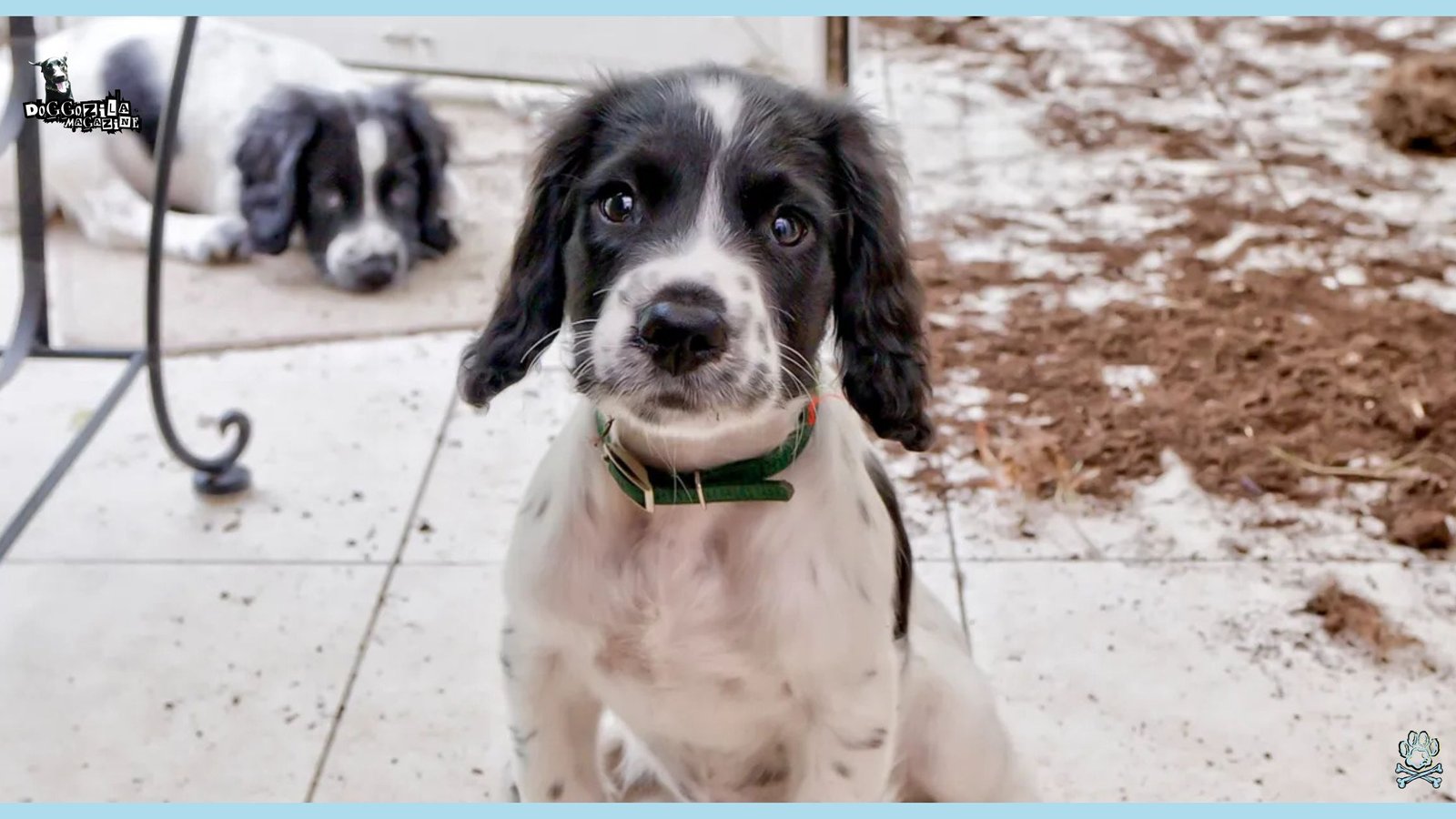
Now, go give your imperfect, perfectly loving pup a scratch behind the ears – no apology necessary.

